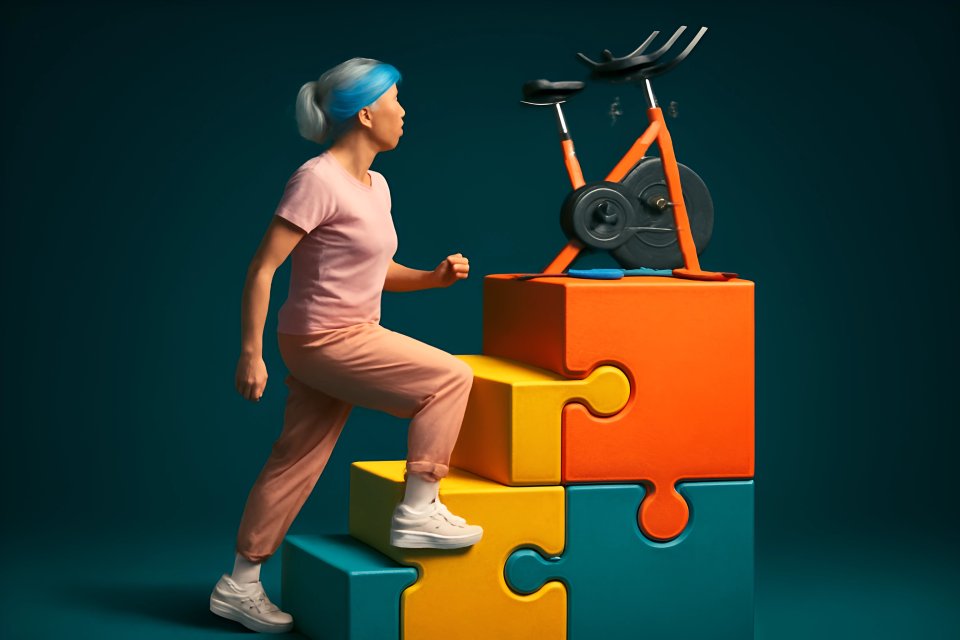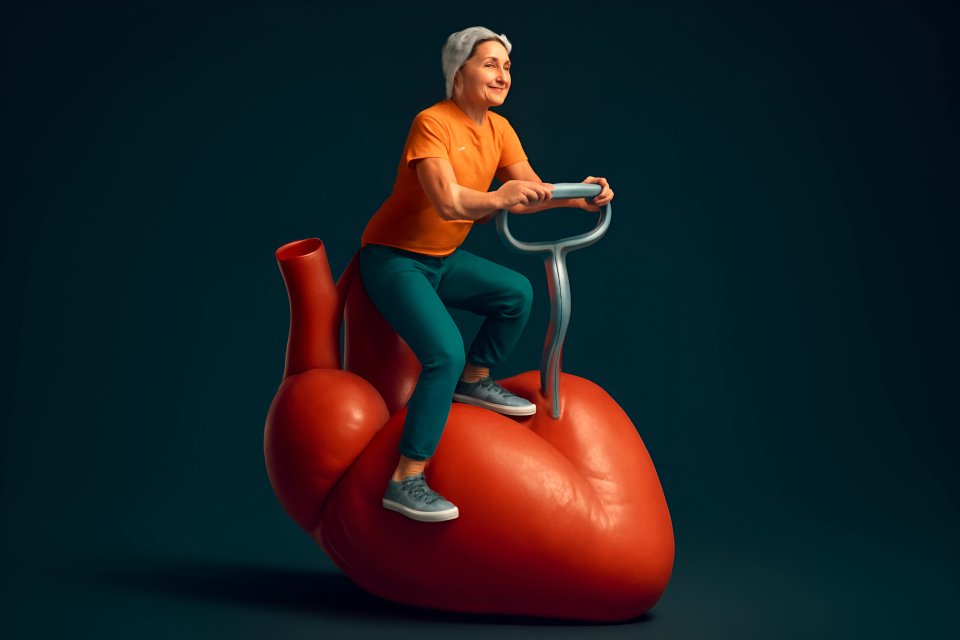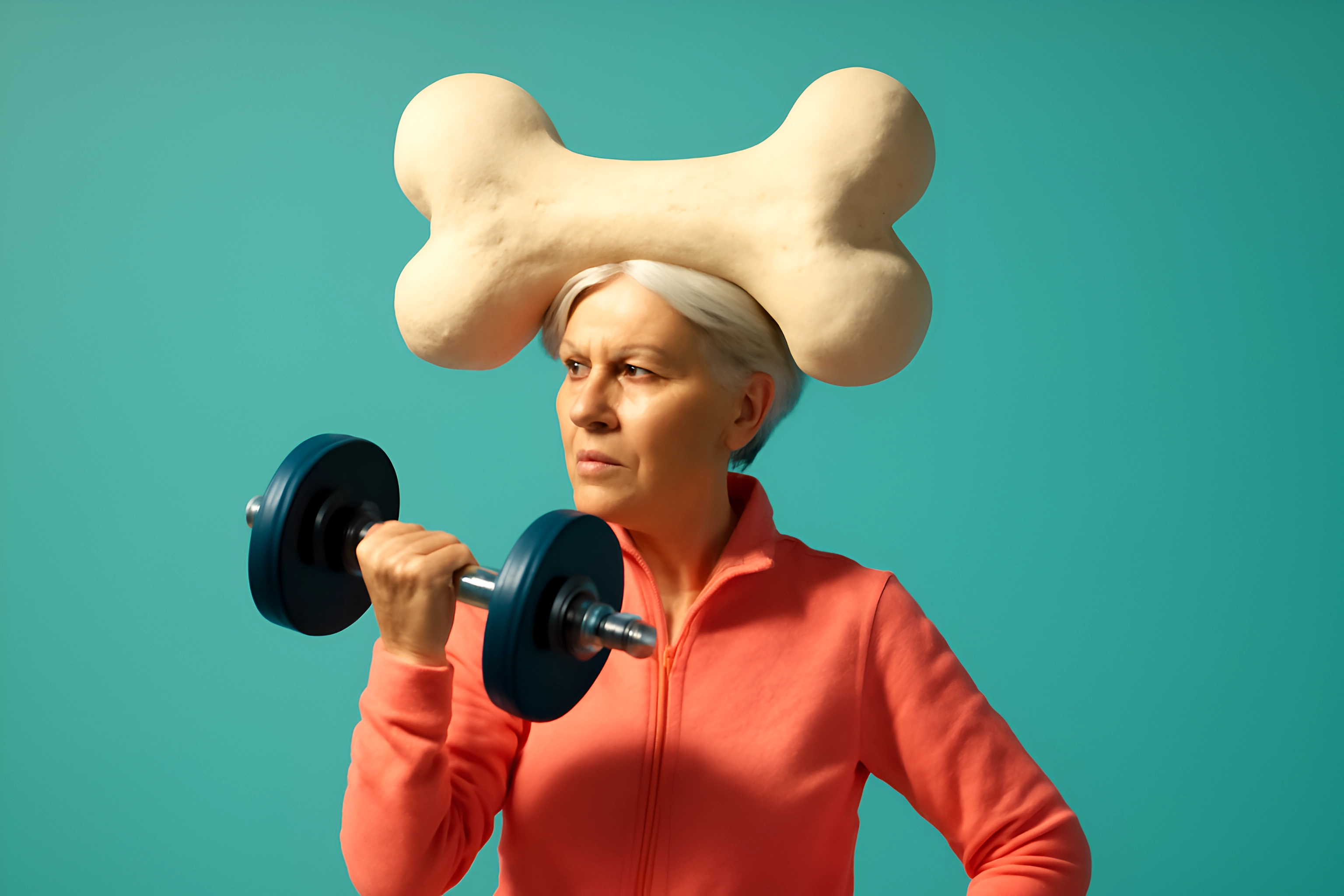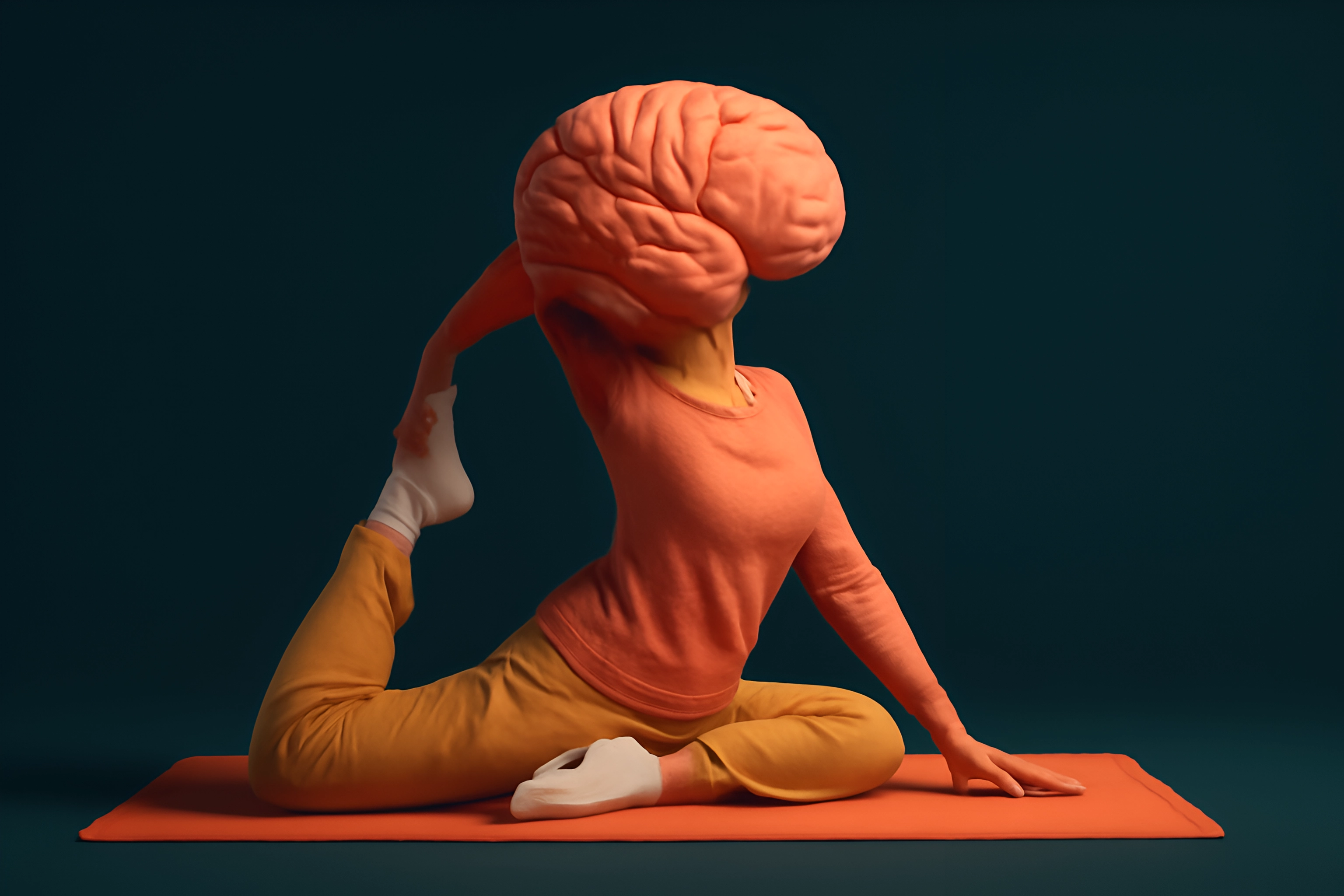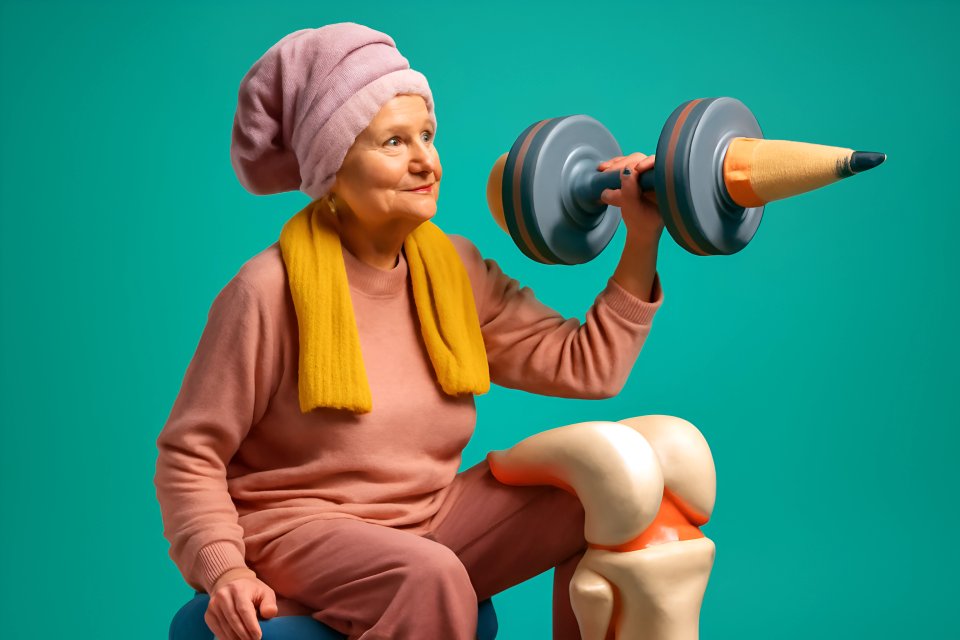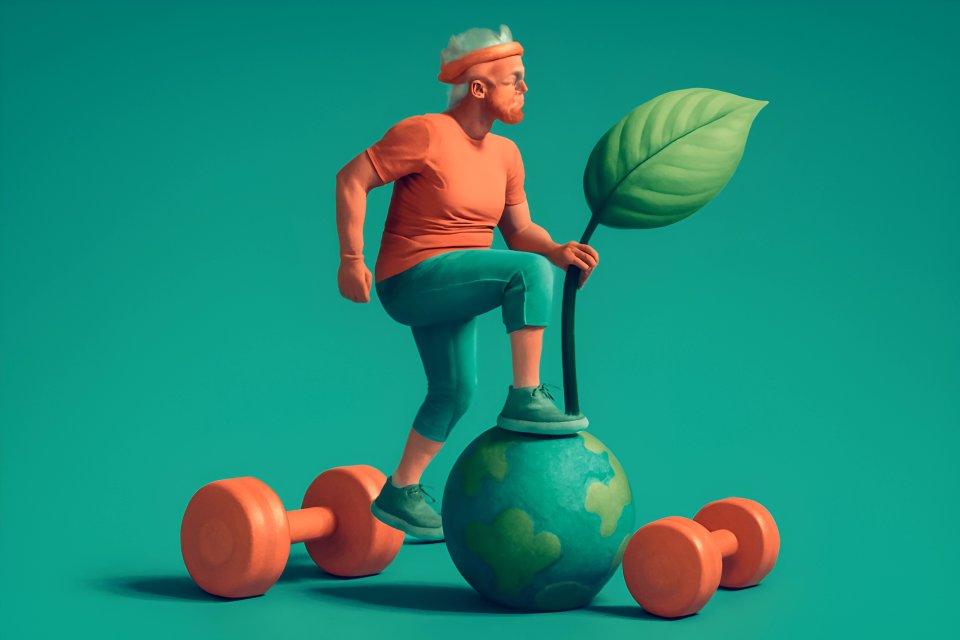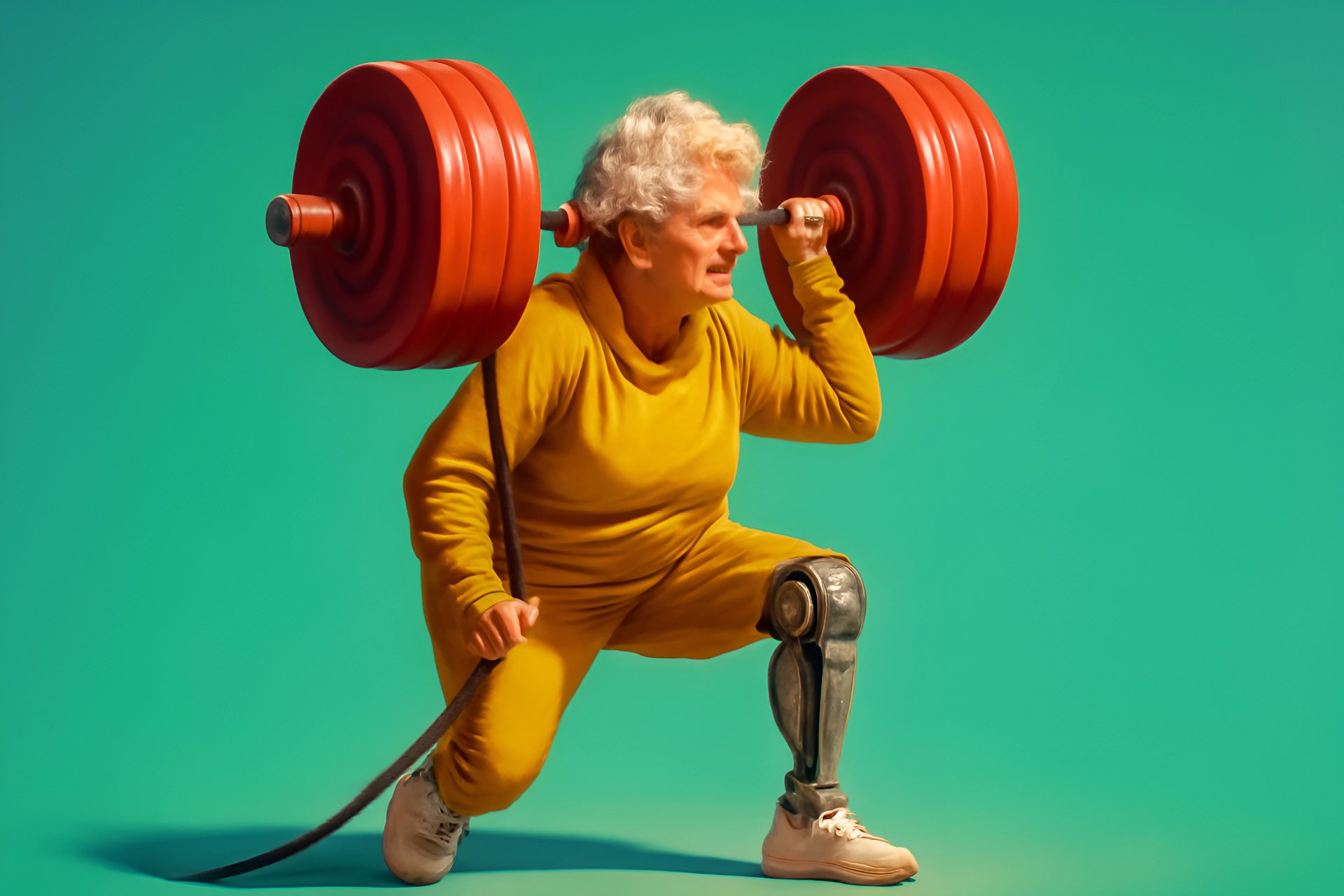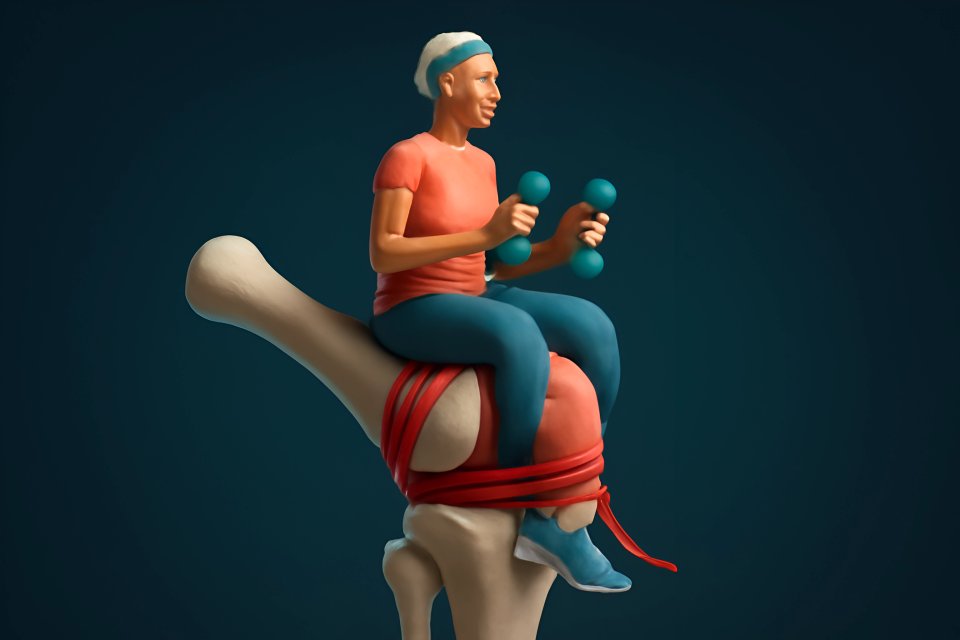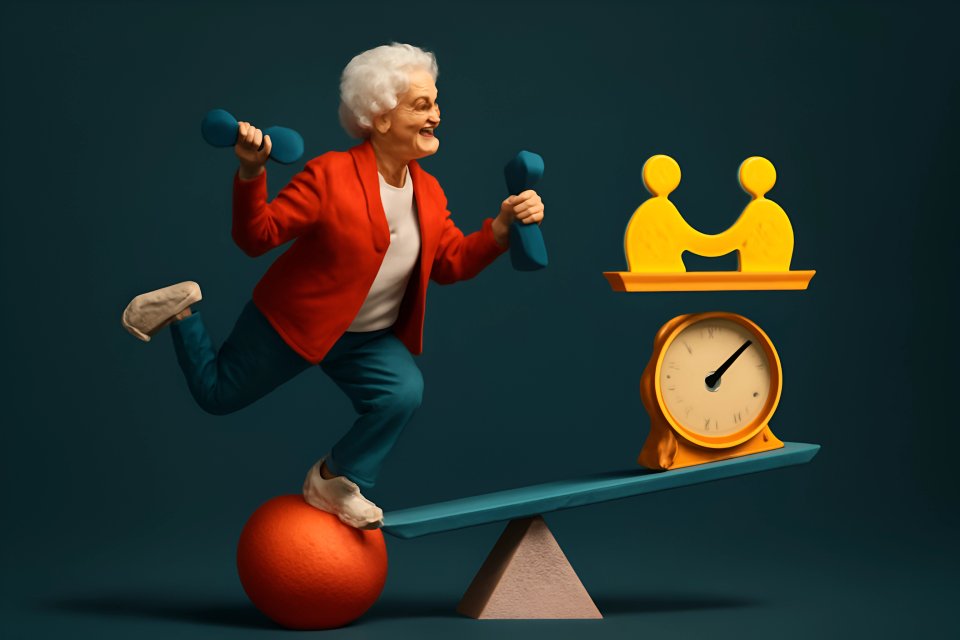
Think high-intensity workouts are a thing of the past? What if we told you that you could get all the heart-boosting, energy-lifting benefits in a way that’s safe, effective, and designed specifically for your body right now? It’s not about chasing a younger version of yourself; it’s about unlocking the strongest, most vital you that exists today.
We hear you. You want workouts that deliver real results—more stamina for playing with the grandkids, more strength for daily tasks, and better heart health for a long, active life. But you’re also rightfully concerned about joint pain, the risk of injury, or simply pushing yourself too hard, too fast. The fear of doing more harm than good is real, and it can keep you from starting at all.
This is where we change the conversation. This post will guide you through the fundamentals of modified, at-home HIIT workouts for beginners over 50, providing safe exercises, sample routines, and essential recovery tips. We’ll show you how to build strength and vitality with absolute confidence, one powerful interval at a time.
The "FitOverFifty" Approach to HIIT: Intensity, Not Impact
So, what exactly is this "HIIT" everyone talks about, and why is it a secret weapon for those of us over fifty? Forget the images of twenty-somethings doing punishing burpees and box jumps. At its core, High-Intensity Interval Training (HIIT) is a simple, brilliant concept: you work hard in short, powerful bursts, then you rest or recover actively for a brief period.
The magic word here is intensity, and it’s completely relative to you. Your "high intensity" might be a brisk march in place, while someone else's is a full sprint. The goal isn't to compete with anyone; it's to challenge your own body safely to spark incredible changes. According to research highlighted by Harvard Health, HIIT is remarkably effective at improving aerobic fitness, strengthening the heart muscle, and even boosting the function of our cellular powerhouses, the mitochondria, which naturally decline with age.
This approach delivers a powerhouse of science-backed benefits that are especially crucial in this chapter of life. It’s not just about exercise; it’s about investing in your future health, freedom, and independence. Here’s what you can expect:
- Boosts Cardiovascular Health: HIIT strengthens your heart more efficiently than traditional steady-state cardio. Studies show it can significantly improve VO2 max, a key marker of cardiovascular fitness and longevity.
- Improves Metabolic Rate: These workouts fire up your metabolism, helping you manage weight and maintain a healthy body composition. The calorie burn continues long after you’ve finished your last interval, a benefit known as the "afterburn effect."
- Preserves Precious Muscle Mass: As we age, we naturally lose muscle, which impacts our strength and metabolism. Dr. Sara Shihab of the Mayo Clinic notes that HIIT is excellent for building and maintaining muscle power, which is vital for stability and performing daily activities with ease.
- Increases Energy & Stamina: By improving how efficiently your body uses oxygen, HIIT makes everything from climbing stairs to carrying groceries feel easier. You’re not just getting fitter; you’re building a bigger gas tank for life.
- Extremely Time-Efficient: This is perhaps the most practical benefit. Leading HIIT researcher Martin Gibala has shown that even short, consistent sessions can yield significant fitness improvements. You can achieve more in 15 minutes than you might in a 45-minute walk.
Safety First: Your Checklist for Safe High-Intensity Workouts for Seniors
Before you jump into your first interval, let's establish the golden rules. Your health and safety are non-negotiable. Following these principles ensures that you get all the rewards of HIIT without any of the risks, creating a sustainable practice that will serve you for years to come.
First and foremost, have a conversation with your doctor. As recommended by health experts, it's crucial to get medical clearance before starting HIIT, especially if you have pre-existing conditions like heart disease, high blood pressure, or arthritis. This simple step provides peace of mind and helps you start your journey on the right foot.
Next, learn to use the "Talk Test." This is your built-in, real-time intensity meter. During your work interval, you should be breathing heavily enough that you can only speak a few words at a time, but not so breathless that you can't speak at all. During your rest interval, your breathing should recover enough to hold a simple conversation. This ensures you’re pushing yourself into the effective zone without overdoing it.
Finally, and most importantly, listen to your body. There is a world of difference between the satisfying burn of a working muscle and the sharp, stabbing pain of an injury. If you feel any pain in your joints, chest, or back, stop immediately. Our motto is "no pain, all gain," and you can find more strategies in our complete guide to joint-friendly exercise. Always begin with a 5-minute warm-up of light movement like marching and arm circles, and remember that perfect form is always more important than speed.
Your Go-To Moves for a Senior HIIT Routine
The beauty of modified HIIT for over 50s is its simplicity. You don’t need a gym or fancy equipment; your own body and a sturdy chair are all it takes to get a fantastic workout. These five exercises are the foundational building blocks of a safe and effective low-impact HIIT routine.
Exercise 1: Marching in Place with High Knees
This is a fantastic, joint-friendly way to get your heart rate up quickly. Stand tall with your core engaged and march in place, driving your knees up toward your chest. Swing your arms naturally, as if you’re marching with purpose.
- Make it Easier: Slow the pace down significantly. You can also hold onto the back of a sturdy chair or a wall for added balance and support.
Exercise 2: Wall Push-Ups
This move builds strength in your chest, shoulders, and core without putting any strain on your wrists or back. Stand facing a wall, about arm's length away. Place your palms flat on the wall, slightly wider than your shoulders. Keeping your body in a straight line from head to heels, bend your elbows and lower your chest toward the wall, then press back to the starting position.
- Make it Easier: Stand closer to the wall. The closer you are, the less body weight you have to press, reducing the intensity.
Exercise 3: Bodyweight or Chair Squats
The squat is the king of functional exercises, strengthening the muscles you use every day to get up from a chair or pick something up. Stand with your feet shoulder-width apart, chest up. Hinge at your hips and bend your knees to lower yourself down as if sitting in a chair, keeping your weight in your heels. Go as low as is comfortable, then press through your heels to return to standing.
- Make it Easier: Use a sturdy chair behind you. Lower yourself until your glutes gently tap the seat, then stand back up. This provides a safety net and ensures proper form.
Exercise 4: Step-Jacks
Get all the cardiovascular benefits of a jumping jack without any of the impact. Start with your feet together. Step your right foot out to the side while raising your arms overhead. Return to the start and immediately repeat on the left side, stepping your left foot out.
- Make it Easier: Remove the arm movement entirely. Simply focus on the side-to-side leg steps to keep your heart rate elevated.
Exercise 5: Glute Bridges
This floor exercise is a powerhouse for activating your glutes and hamstrings, which provides crucial support for your lower back. Lie on your back with your knees bent, feet flat on the floor hip-width apart, and arms by your sides. Squeeze your glutes and lift your hips off the floor until your body forms a straight line from your shoulders to your knees. Hold for a second, then slowly lower back down.
- Make it Easier: Don't lift your hips as high. Even a small lift will effectively engage the target muscles.
Sample Routines: Your 10-Minute Starter Plan
Ready to put it all together? The key is the work/rest structure. You'll perform an exercise for a set amount of time (your "work" interval) and then rest for a set amount of time (your "rest" interval). Use a simple kitchen timer, a stopwatch, or an app on your phone to keep track.
These 10-minute routines are the perfect starting point. Remember to begin with a 3-5 minute warm-up and end with a 3-5 minute cool-down of gentle stretching. As you get stronger, you can build a more comprehensive fitness plan with our foundational guide to low-impact exercise.
Routine #1: The "Total Body Energizer"
This routine is designed to work all your major muscle groups and leave you feeling invigorated. The 1:1 work-to-rest ratio is perfect for beginners.
- Warm-Up: 3 minutes of light marching and arm circles.
- Circuit (Repeat 2 times):
- Marching in Place (30s work) / Rest (30s)
- Wall Push-Ups (30s work) / Rest (30s)
- Chair Squats (30s work) / Rest (30s)
- Cool-Down: 3 minutes of gentle stretching.
Routine #2: The "Heart-Smart Stamina Builder"
This routine challenges your cardiovascular system a bit more with a longer work interval and shorter rest. It’s a great next step once you feel comfortable with Routine #1.
- Warm-Up: 3 minutes of light marching and leg swings.
- Circuit (Repeat 2 times):
- Step-Jacks (40s work) / Rest (20s)
- Glute Bridges (40s work) / Rest (20s)
- Marching in Place (40s work) / Rest (20s)
- Cool-Down: 3 minutes of gentle stretching.
The Secret to Long-Term Success: Cool-Downs and Rest
What you do after your workout is just as important as the workout itself. A proper cool-down allows your heart rate to return to normal gradually and helps improve flexibility while your muscles are warm. Spend a few minutes performing gentle stretches, like a quad stretch or a seated hamstring stretch, holding each for 20-30 seconds without bouncing.
Remember that rest days are growth days. This is when your muscles repair, rebuild, and get stronger. To start, aim for two HIIT sessions per week on non-consecutive days, as recommended by fitness experts. This gives your body the time it needs to recover and adapt, preventing burnout and injury. On your "off" days, you can incorporate other forms of movement, like walking or the activities in our guide to low-impact cardio ideas.
As you become more consistent, listen to your body and adapt. When a workout starts to feel too easy, that’s your signal to progress! You can increase your work time by 5-10 seconds, decrease your rest time, or try a slightly more challenging modification of an exercise. This is your journey, and you are in complete control.
You've Got This: Embrace Your Strength at Any Age
Let’s be clear: HIIT is not a workout reserved for the young and elite. It is an accessible, powerful, and incredibly efficient tool that can help you build a stronger, healthier, and more energetic body at any age. The key is to start slow, honor your body’s signals, and celebrate every small victory along the way.
Investing in your health is the greatest gift you can give yourself and your loved ones. This isn't about turning back the clock or chasing an old version of you; it's about empowering the incredible, capable person you are today. Start with one routine, one interval, one confident step forward. You are stronger than you think.
Which routine are you excited to try first? Share your experience or questions in the comments below—we love hearing from our community!
For more fitness guides and wellness tips delivered straight to your inbox, subscribe to the FitOverFifty newsletter.







